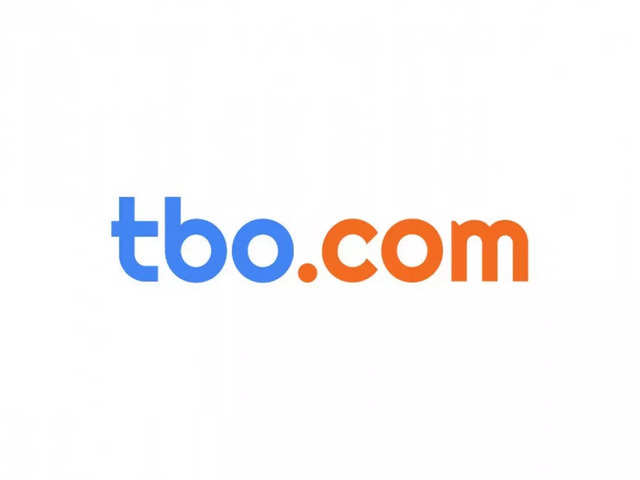
Sandeep Balani, Head of India, Outbrain
Video advertising is now dominating the digital advertising market
Apr 17, 2020, 12:00 IST
ad-tech
Video advertising: Why a brand deserves more than five seconds
Apr 17, 2020, 12:00 IST
Video advertising is now dominating the digital advertising market
- Brands should have a keen interest in reaching users who are really interested in their brand and products.
- They should care about real views, not just visibility.
Sandeep Balani , Head of India,Outbrain writes about the sensible adjustments that can help brands significantly increase the results and effectiveness ofvideo campaigns .
The dictation of distribution
The downside of the boom: We are now flooded with videos on all websites and platforms. In social networks, on video platforms or on publisher sites, videos pop up constantly or force us in the form of pre-rolls to first look at an advertising message before we can finally consume the content we have chosen.
The result is “video blindness”. Users ignore the video and the advertised brand. According to the results of a recent study by Magna, many users now automatically skip skippable video ads on YouTube without paying attention to the brand or the content. On average, the click to skip the ad in Germany comes after just 2.3 seconds.
Numerous advertisers are heavily influenced by these key figures when designing their video ads. They display the logo in the first few seconds and let the video peak in the first few seconds.
In addition, the same videos are simply scattered on different platforms in different formats. TV spots with a subtitle can be found in the social feed and videos lasting several minutes appear as pre-rolls with the hope that the user will not click on the “Skip Ad”. But is this really how a brand wants to present itself and how videos should be consumed?
Seen vs visible videos
Brands are based on the distribution formats without questioning whether this distribution really benefits the user and the brand. It seems that the mistakes of banner advertising from the previous decade are now being repeated in video advertising: Visibility at any price - regardless of the user experience.
But what does viewability mean in video advertising anyway? Internationally, the 50/2 rule for videos defined by the IAB normally applies: 50 percent of the number of pixels in a video must be visible in the visible area of the user for at least 2 seconds. What might make sense with banners (rule 50/1 applies there), since a banner message can be captured relatively quickly, is more than problematic for example with a 60-second video. In this case, only 1.6 percent of the possible combination of duration and area of the video count as a view.
A video can thus achieve many thousands of “views” without really being noticed by a noteworthy target group. A subdivision between real views, in which users really concentrate on a video, and visible ads, which are only visible, is imperative in order to obtain real key figures.
What can we do?
Some sensible adjustments can significantly increase the results and effectiveness of video campaigns.
- Analyze KPIs precisely - KPIs should not be rigidly selected and analyzed equally for all channels. A non-skippable pre-roll will inevitably achieve a very high completion rate. However, a fire could result in resentment of the users, since they are forced to watch the video. With autoplay formats, a more sophisticated definition of a “view” than 50/2 should be agreed if possible.
- Schedule additional engagement - A very good measure of the effectiveness of a campaign is the engagement that follows the video. A call-to-action, i.e. an additional link that leads to a product page, for example, shows whether the right target group has been reached, the videos were actually viewed and not only visible, Pre-rolls really got people interested, and the ROI of the measures is really correct.
- Choosing the right distribution channels - The boom in video advertising has led to a wide range of providers. YouTube and Facebook may be the standards. But publishers who guarantee safe and mostly high-quality environments should not be underestimated. They can be booked directly or via platforms.
- Choose the right formats - Pre-rolls, autoplay, click-to-watch, stories or streams: Different formats are suitable for achieving different goals. Brands should first define the goals and then choose the right formats for their purposes.
- Be careful when recycling - reusing the TV spot on Facebook is certainly very easy, but often not very effective if the video is then played on small smartphone screens without sound. These ads have to work well even without sound and pose special challenges for creative teams. The videos have to be adapted to channels and formats.
Brands should have a keen interest in reaching users who are really interested in their brand and products. They should care about real views, not just visibility. This is the only way they can achieve real engagement and achieve business goals.
Video advertising still has the chance not to suffer the same fate as display advertising and to cure “video blindness”. Providers and marketers must finally think back to the principles of good marketing: to inspire users with exciting topics and emotional videos and not to overwhelm them with videos on every single page they visit on the Internet.
- This column was authored by Sandeep Balani, Head of India, Outbrain
INSIDER INTELLIGENCE REPORTS







